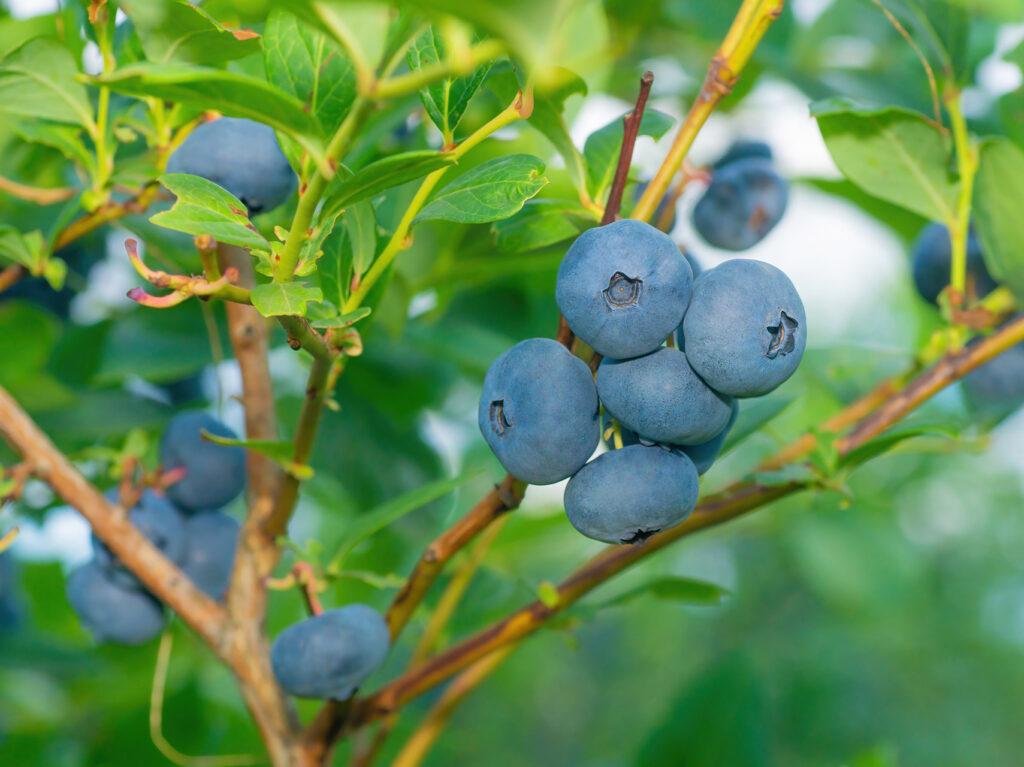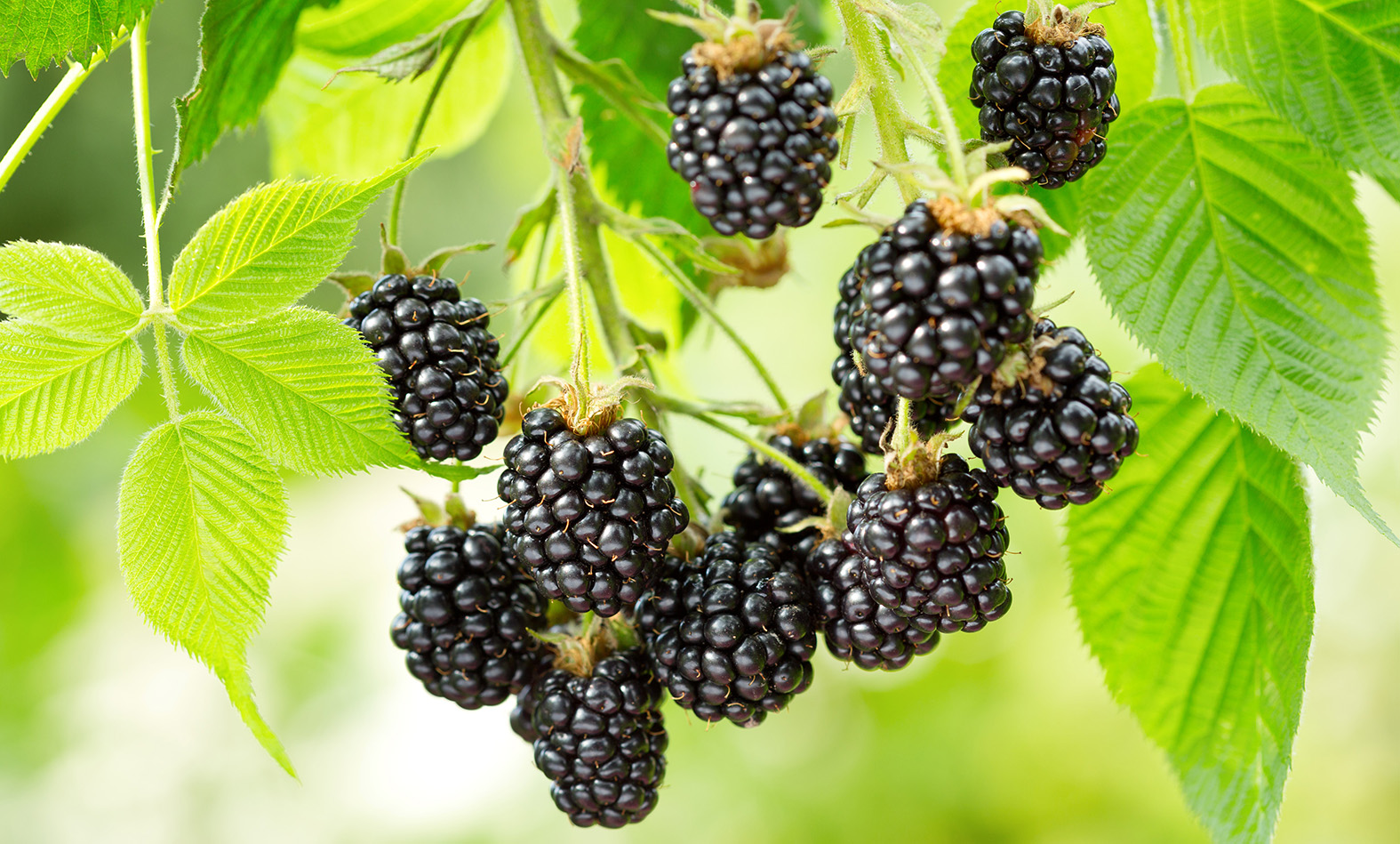
Who can resist sweet, ripe berries for breakfast or dessert? Now that the tricks of Halloween are behind us, what treats can we anticipate from our garden harvest?
My very favorite harvested treats are the berries: plump, juicy Ollalie blackberries, sweet red raspberries, healthy and organically grown strawberries, and pop-in-your-mouth blueberries. My fall harvest of red raspberries is still on the vine, ripening in these early November days. My other berries ripen from April through July and make delicious toppings for cereal, ice cream, or all by themselves with whipped cream or dipped in warm chocolate.
Is your mouth watering yet? Their prices can be exorbitant in supermarkets, so harvest your own sweet, healthy treats. Late November through January is the time to buy and plant bare-root berry bushes during their dormancy. Grow them in raised beds or containers to limit their spread, and in a sandy-clay soil mix. The original plants will produce runners that root and grow into new plants. They are easy to maintain if you locate them in the right spots with the right soils, and water and prune them on occasion. Let’s look at my favorite homegrown berries.
Strawberries
Strawberries are perennials, but individual plants only produce for several years, then their offspring take over. They are natives to California, but the horticulturally sold varieties are bigger and sweeter. With proper water and care, they spread to fill your planting area for years to come. Strawberries bloom in early spring and their fruit ripens from late April through June. They are full of vitamin C and other nutrients. In Contra Costa, plant them in part shade and protect them from snails and slugs with a sand, table salt, or diatomaceous earth barrier.
Blackberries
These perennial vines grow 12 or more feet per year in full sun. The Eurasian blackberry has naturalized throughout California, but only produces small berries that only sweeten in the warmest locations. Most horticultural blackberry varieties are native to coastal Oregon, Washington, and British Columbia. They include my favorite Ollalie blackberries (thorny), and Marion berries (thornless). Allow new canes to grow long and twine through your trellis during their first growing season. They will then flower in March and produce mature fruit June through July. Cut back the spent producing canes in August to promote fast growth of next year’s canes. Blackberries are full of antioxidants, essential vitamins, and sugars. Protect them from birds and rodents.
Blueberries
Blueberries are native to northern and northeastern bogs but not native to California. Indigenous people gathered them for centuries before a biologist discovered the way to cultivate them in 1911. The secret he discovered is that they love acidic (low Ph) soils. Blueberries are difficult to grow in the ground in Contra Costa because of our clays and sizzling summer climate. Instead, you should grow blueberries in containers or planter pots near your home in part shade so you can control their acid and moisture needs. Add peat moss and forest products to planter soil to lower the PH and supply regular water. Healthy blueberry plants will produce tall, straight canes with spring blooms and early summer fruit. Cut them back after fruit production. Nutritionists consider blueberries to be a “superfood” because they are rich in antioxidants, vitamins, and trace minerals. Protect your ripening blueberries from birds.

Raspberries
Black raspberries are native to Europe with red raspberries being native to North America. You can also enjoy golden and blue-red varieties. Annual canes grow to four feet and are straight. Blooms appear the first fall at the tips of new canes with rapid maturing of fruit about two weeks after bloom, then they bloom again on side shoots in spring with a heavier fruit production in May. After the spring harvest, you should cut the spent canes to the ground to promote growth in the new canes popping up. Prickly hairs from canes can stick in and irritate your fingers, so wear gloves when working with them. The tasty fruit contains the same antioxidants and vitamins as their cousins, the blackberries. Protect ripening berries from birds, western fence lizards, and rodents.
For more information about successfully growing your own berries, explore the UC ANR Master Gardener Berry web pages here: https://cagardenweb.ucanr.edu/Berries/ .
You can email certificate requests, comments, and questions to: NakedGardener@diablogazette.com. In some cases these may appear in future columns.

